What is Pranayama
Prāṇāyāma - Is the science of breath control, consists of a series of exercises especially intended to keep the body and mind in vibrant health.
Introduction - Breath is life. We can live for days without food or water but deprive us of breath and we die in minutes. In view of this, it is astonishing how little attention we pay in normal life to the importance of breathing correctly. To a Yogi there are two main functions of proper breathing: to bring more oxygen to the blood and thus to the brain; and to control prāṇa or vital energy, leading to the control of the mind.
There are three main types of breathing: abdominal (deep), chest (middle), and clavicular (shallow) breathing. A full Yogic breath combines all three, beginning with a deep breath and continuing the inhalation through the intercostal and clavicular areas. Deep abdominal breathing is essential for ventilating the major part of the lungs.
Full Yogic Breath
1 Clavicular breathing - The shoulders and collarbone are raised while the abdomen is contracted during inhalation. Maximum effort is made, but a minimum amount of air is obtained. This technique is how the majority of us naturally breathe. It is the shallowest and least effective component of the full Yogic breath.
2 Chest Breathing - This technique is done with the rib muscles expanding the rib cage, and is the second component of the full Yogic breath.
3 Deep Abdominal Breathing - Breathing is slow and deep, and proper use is made of the diaphragm. This technique is the most effective aspect of a full Yogic breath, for it brings air to the lowest and largest part of the lungs.
Two Main Pranayama Breathing Exercises
Alternate Nostril Breathing - Anuloma Viloma, or Alternate Nostril Breathing, is one of the main forms of Prāṇāyāma, or breath control. Literally meaning “control of prāṇa”, Prāṇāyāma consists of specific breathing techniques that encourage the absorption of prāṇa into the body’s subtle energy channels (nāḍīs) and energy centers (cakras), enhancing overall vitality and well-being.
Alternate Nostril Breathing corrects many negative breathing habits, as well as helping us to balance how we use the two sides of our brain – the logical left side and the creative right side. Research has shown that there is a connection between this and the airflow in our nostrils: when the right nostril is more open, the left brain hemisphere is more active, and vice versa.
Kapalabhati - If beginning outside an ashram or not under observed guidance, it is recommended that you start this exercise only after practicing Alternate Nostril Breathing for one or two months. This is because with many people it takes quite a time to get the diaphragm to move in a proper way during breathing.
In Sanskrit, kapala means ‘skull’ and bhati means ‘shines’. Therefore the term Kapalabhati means an exercise that makes the skull shine. It is considered to be so cleansing to the entire system that, when practiced on a regular basis, the face shines with good health and radiance.
Article Created by Anson Bingham
Read more articles written by Anson Bingham at www.ansonbinghamyoga.com
Source: sivanandayogaranch.org, sivananda.org, sivanandayogasharanfoundation.org, dlshq.org, sivanandaonline.org
Photo Taken from yogajournal.com. Photography - Narayana Pablo.

